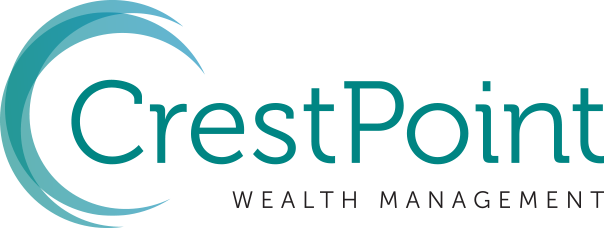Tips for Retirement Savings in your Thirties
/As you move from your twenties into your thirties, chances are that your income will rise substantially, especially if you make strategic moves from one employer to the next. One thing you should examine while evaluating a potential employer is the retirement plan offered. There are several nuances available in retirement plans, and they can potentially result in large benefits later down the road. Please note that this blog post is meant to be a general piece of information and not to be taken as specific advice for your individual situation.
For many years, pensions were the most common retirement vehicle. Technically known as "defined benefit" programs, employers funded these, and upon retirement paid an income based on a formula using the factors of time of service, age, and income. Now, employer-funded pension plans are very rare, and the burden of saving for retirement has been shifted to the employee. For most people, this retirement vehicle comes in the form of a 401k (or 403b for a non-profit employer). There are other plans available, but for the purposes of this post, we're going to discuss the 401k.
If you're looking for a new employer, one of the questions you should be asking is if they provide a match for your contributions into the plan. The match can be calculated many different ways, so do the math to see how much you can contribute. Also, if you are a high-income earner, you may be capped in how much you can contribute to the 401k. Because of this, you will want to ask if the employer has other plans in place that allow additional dollars to be set aside on a tax-advantaged basis. If a match is available--I can't stress this enough--contribute at least the minimum to get the full match. This sounds pretty basic, but I’ve seen dozens of instances of people not taking advantage of the match. It's basically free money from your employer, so you want to make sure and get all you can.
You may have the option to choose between a Traditional 401k or a Roth 401k. Consider the Roth option. Here's why: the Roth option allows you to make your deposit, have it grow tax deferred, and make withdrawals tax-free. In addition, with traditional retirement funds, you are required to begin distributions at age 70 1/2. I have many clients who already have adequate income and do not want to take income from a tax-deferred vehicle that has never been taxed before. The Roth option allows you to keep money invested as long as you like, and when you do access it, withdrawals are tax free.
Finally, a word of advice if you move from employer to employer and accumulate multiple retirement plans along the way. According to Fidelity, 41% of employees between 20 and 39 cashed out their 401k after leaving their job. That effectively puts them at zero going into their forties—in order to save the same amount by age 65, they have to put away much more money each month than the person who saved starting in their twenties or thirties and kept their retirement accounts from each employer. Do what you can to keep your retirement plan dollars invested; you’ll be glad you did!
Saving for retirement is a complex process. Often, an investor’s retirement account becomes their largest account, yet due to the fact it is an employer-sponsored account, it regrettably receives too little attention. If you have questions about your overall investment allocation, or how you are progressing toward your retirement goals, please feel free to contact me. Monte B Miller (865) 776-5577 monte@crestpointwealth.com

